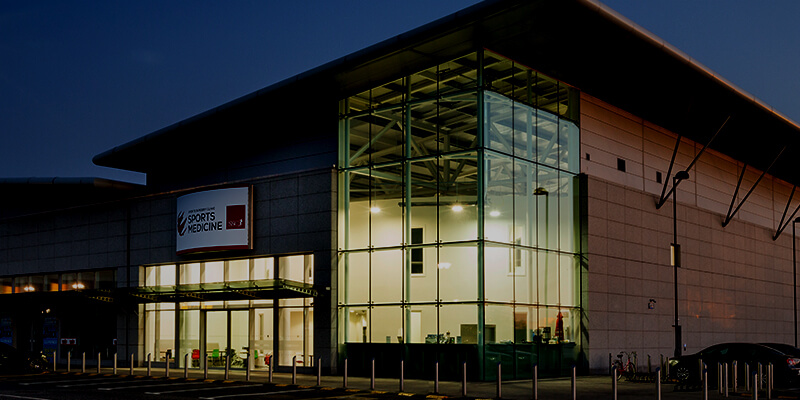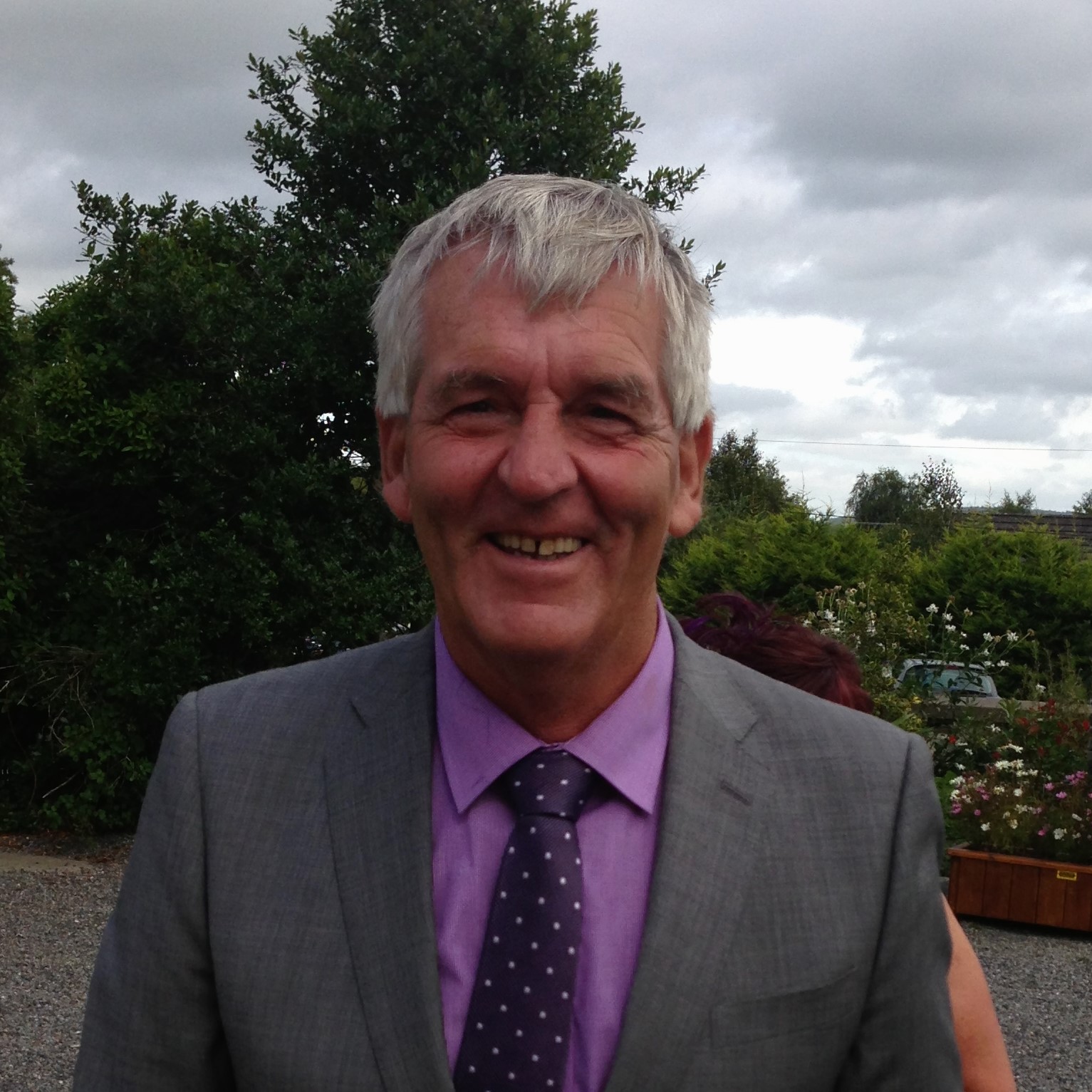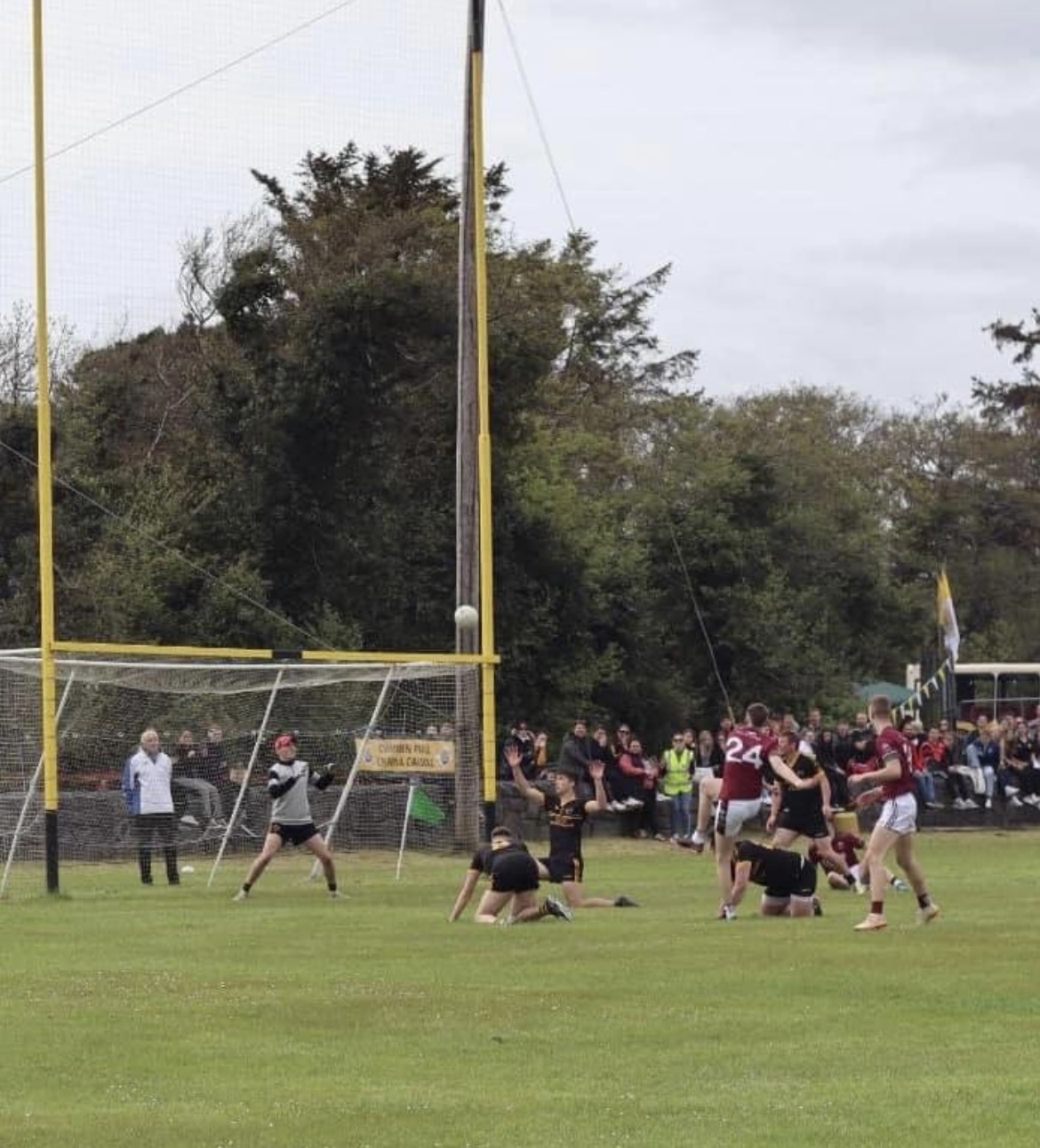This article by RTE Sports Journalist Maurice Brosnan was published on www.rte.ie on Monday 31st August.
There is nothing unusual about the consistent incidence of recurring injuries in a sport as physical as Australian Rules. What is surprising is their increasingly popular foreign resolution.
In recent years, several players have fled Australia and sought an answer at the UPMC Sports Surgery Clinic in Santry, Dublin.
Essendon star Joe Daniher and James Stewart both travelled at the start of 2020. GWS Giants midfielder Callan Ward and Irish-born defender Aidan Corr are also known to have made the trip.
“It was so great for me and my career,” explains Corr. His family moved from Brocagh, Tyrone to Perth when he was just a child. After an injured-plagued few years, the 26-year old is now a stalwart in Great Western Sydney’s defence.
“The tests were pretty intense, they quickly found weaknesses in my body,” he says. He was assigned a programme initially tailored so that he could do it in his hotel room. After two weeks, he returned to Sydney where the club took over his recovery while the UPMC Sports Surgery Clinic remained in consultation. It is a holistic approach attuned for elite sport.
Conducting the tests and overseeing recovery is Head of Performance Rehabilitation, Enda King. Alongside Dr Andy Franklyn-Miller and renowned surgeons like Ray Moran, the team quickly garnered a notable reputation.
“I think there are two reasons why players come,” explains King. “One is another player’s recommendation. That can’t be understated. That is why we’ve seen so many players from Australia in recent years.
“The second is that when you have a chronic or recurrent issue, people are looking for another option. So, my goal is not to say the rehab you have done is or isn’t working. My goal is to say physically I can profile you in great depth and say this is where you are now, and this is your target. All we want to do is get you from A to B.”
King has personal experience in this area. A former Cavan footballer, his career was constantly stalled with hip and groin issues.
Surgeries and pain medication did not help. It was a never-ending search for someone to fix the pain without ever standing back and asking why it was there. That is the thought process that now steers his approach.
One part of that is 3D biomechanical analysis. It is the same system Disney/Pixar use to digitise actors. By digitising athletes, they can focus on the cause rather than the effect.
“Fundamentally, how you move influences where load is distributed in your body. We have numerous papers looking at biomechanical changes post-athletic groin pain and how athletes have gone from symptomatic to symptom-free.
We have a number of other papers coming out in relation to ACL cords. There are biomechanical differences between healthy athletes and those who have ACL reconstruction.
“Look, there are certain injuries that just get better. These are all young athletic and healthy males and females. If you tweak something, it will recover. But if there is something that is causing chronic or recurrent issues, very often the strategy is to keep focusing on that tissue. ‘I pulled my hamstring so I keep strengthening my hamstring, but I keep pulling it even though it is strong.’
“Surely there must be some other reason then? Why did you reach the point of overload injury?
“If you are pulling your hamstring when you sprint, surely your running mechanics are playing a role in that. I don’t care where their injuries are but I care more where their strengths or deficits are and how they move.
“You often see recurrent issues where they keep doing the same thing over and over. It’s not working. That is the definition of insanity. At some stage we need to look at the other contributors.”
| Ireland’s top athletes often find themselves at King’s door following a severe injury. One of the most serious of all is the torn anterior cruciate ligament. Amidst all that trauma, there is also the opportunity to learn from it. Over 1,000 ACL reconstructions and rehabilitations per year means over three million data points. Information that can be studied and analysed to garner improvements in rehab strategies. |
Last February, King published a two-year follow-up study on the factors influencing return to play and second ACL injury rates in Level 1 athletes. It left him with several significant takeaways but primarily, it reinforced his view that a full recovery is unquestionably attainable. The ‘dreaded ACL’ moniker irks him.
“I just think it is unnecessary to be scaremongering. It is unnecessary to be overly downbeat. It is not a nice injury and you don’t want to get it but once you get over it you can be very successful and have a long career.”
There are certain choices made during recovery that need to change.
“I would like to see clear decision-making based on recovery of multiple factors. What your strength levels are like, what your power and plyometrics are like. Most of the research compares legs. My injured leg to my non-operated leg. That does not mean the non-operated leg is good enough. It is about trying to set thresholds for those going back to high demand sports.
“Look at the biomechanics. Numerous papers shown a common injury pattern. A certain amount of that is reducible, a certain isn’t. If you never want to get injured, don’t play multidirectional sports. At times, your knee is at risk.
“But overall, we can really raise the bar.”
“There was a point when a ruptured ACL was a deathly blow, but the entire process has evolved. King cites Dublin’s Jack McCaffrey and Bernard Brogan, who under the rehabilitation of the Dublin GAA medical team led by James Allen, made full recoveries and went on to win All-Ireland titles.
“At the forefront of this progression is technology. It is only beginning. The industry could soon see a revolution.”
“The analysis of movement in clinics and in training grounds will massively grow over the next ten years. Whether that is 3D biomechanics or alternative software, it will be the get to a stage where it is not about how long have you rehabbed. My work will be judged on how they move and look physically.
“That is phenomenal. It really challenges your programme or coaching. If they have done six-eight weeks work and don’t look different physically, is that my problem or theirs? It makes me really review what I am doing on an ongoing basis.”
At the same time, not everyone has the means to tap into that. Nor do they need to. Well-executed basics, King stresses, can form the bedrock for success.
There are simple steps a coach at any level can take that can have a seismic impact.
“There are numerous studies that show prevention programmes when done systematically can reduce ACL injuries by 50%. Straight off the bat. Especially in female athletes.
“There is huge research that shows specific warm-ups are effective at reducing soft tissues and knee injuries. There is heaps of research to support that.
“Even in a gym facility, you are looking to do two things: improve your robustness and improve your athletic capacity.
“Sometimes, guys and girls are improving their athletic capacity, getting stronger and more powerful, but developing poor movement strategies. Squatting or deadlifting with a big arch in their back, tipping into pelvic tilt, anterior pelvic tilt. These are risk factors across knee injury, pelvic and groin pain etc.
“We should not overestimate good practice.”
| For further information on ACL Injuries or to make an appointment with an ACL Specialist at UPMC Sports Surgery Clinic please contact info@sportssurgeryclinic.com |










